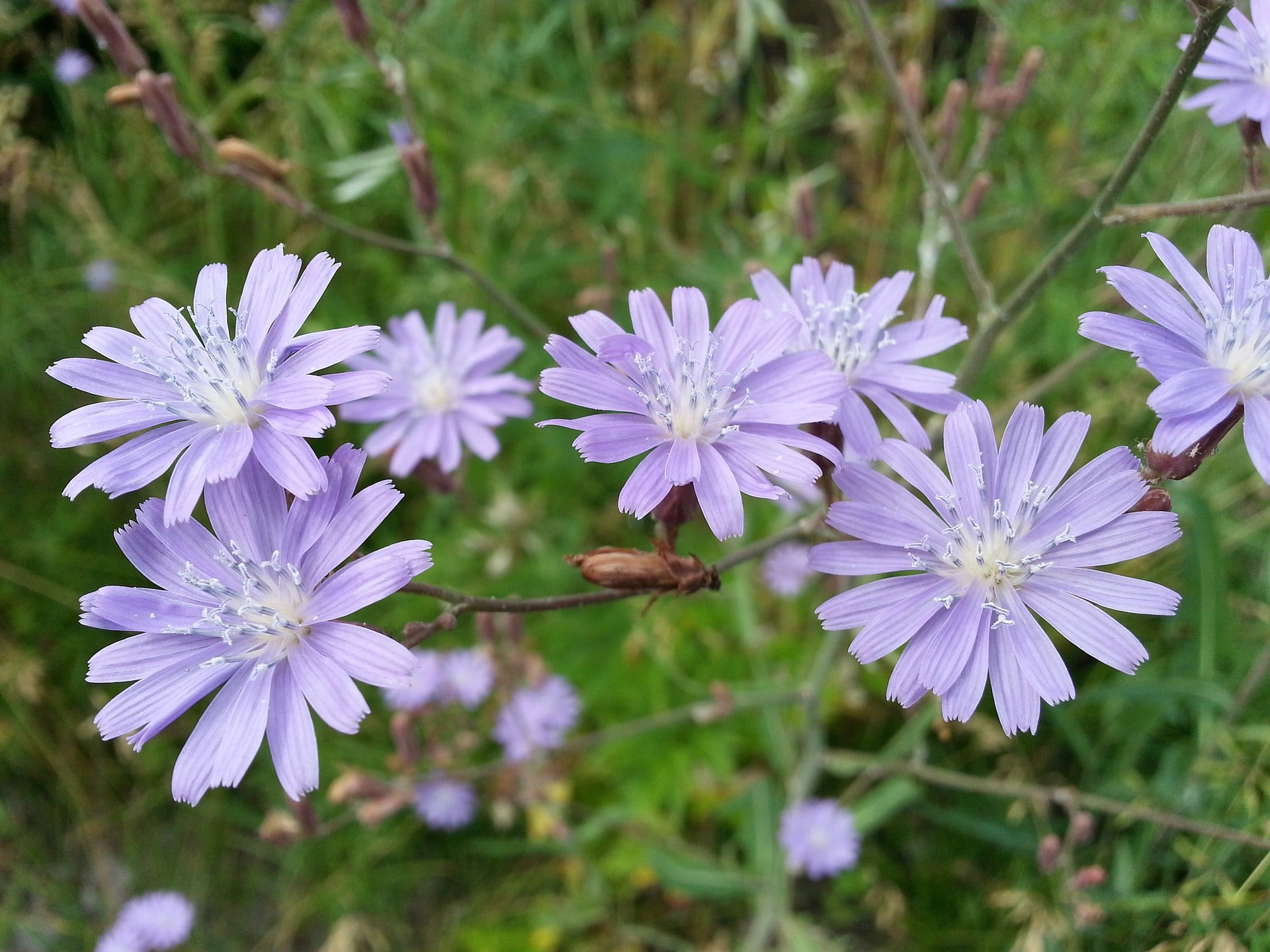The interest in foraging for edibles in the landscape is rising. We talk to our guest about foraging in prairies and other natural areas and talk about prairie conservation.
Featured in this Show
-
You'll 'Get Hooked' On A Little Prairie Foraging
In search for new and exciting flavors, many people are turning to foraging for wild edibles as a way to explore the world of food, says a foraging expert.
Plants, berries and mushrooms are gathered from empty lots in cities, from dead trees in forests and in the prairies of the Midwest. Foraging in prairies not only results in great food, but can also help with conservation efforts, said Sam Thayer, a foraging expert and author.
“When you start eating these plants, you start appreciating them in a very deep way and you start thinking, ‘Hmmm, how can I help and how can I give back to the prairie?” he explained.
Thayer teaches workshops on edible prairie gardening and has written three books on foraging. He encourages students to take a small piece of their property and return it to a prairie. Adding edibles increases diversity of the garden and also gets gardeners out into the prairies more often.
“Planting edible prairie plants gives you an impotence to be out there and really take care of this small prairie remnant, which can become a paradise for prairie plants and wildlife, and also a place where you can go out once or twice a week and collect something that you can put in your meals,” Thayer said.
A lot of the prairie plants are beautiful and edible. “You can have your cake and eat it too,” he said.
Some of Thayer’s favorite prairie edibles include:
Lead Plant
Also called false indigo, it is a semi-woody shrub with small, blue flowers in spike-like clusters. It can grow up to 4 feet tall and makes a wonderful tea, Thayer said.
“All the native tribes of the American prairies drank lead plant tea regularly. And this is a good time of the year to get it,” he added.
Eastern Prickly Pear Cactus
The only cactus native to Wisconsin, this plant can be found in sandy, well-drained soil. Its pear shaped fruit ripens in late summer. The ripe, red fruit is delicious and lasts for months when kept cold, Thayer said.
Purple Prairie Clover
Despite its name, these colorful plants come in white and purple. Even Meriwether Lewis was impressed with the plant. Thayer said Lewis brought back three samples of the species, even though he had very limited space.
“I think he couldn’t help himself,” Thayer said.
The leaves have a pineapple flavor and make a good addition to salad. They are also used to make tea.
Thayer said even a prairie invasive like wild parsnip can be eaten, although he warned the foliage can cause a rash.
“That usually happens in June and July when the plants are juicy,” he said. “In November when parsnips are traditionally harvested, it’s almost impossible to get a rash.”
They are just as good as domestic parsnips, he added but generally are a bit smaller.
Edible prairie gardening is a great way to learn about nature and to connect yourself to nature.
“Once you start gathering a plant, you start to love that plant and notice that plant and learn about it, and you learn about its ecology and everything that goes with it, and pretty soon the natural world takes on this deeper meaning.”
His warning about foraging? “Once people start, they get hooked.”
Episode Credits
- Larry Meiller Host
- Jill Nadeau Producer
- Sam Thayer Guest
Wisconsin Public Radio, © Copyright 2026, Board of Regents of the University of Wisconsin System and Wisconsin Educational Communications Board.
